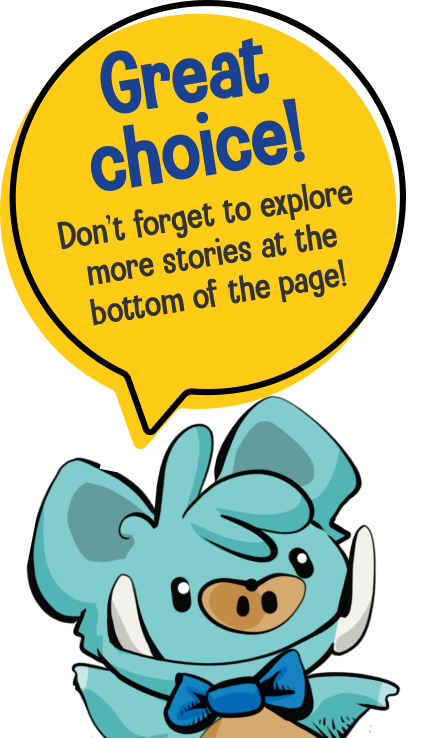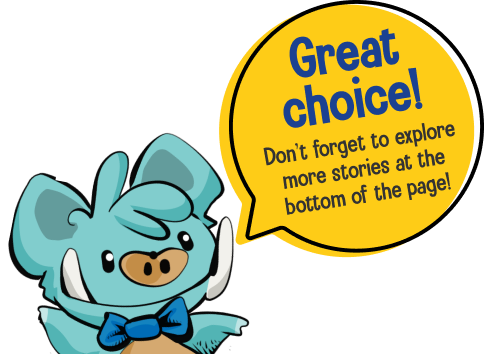
Even if people have different opinions on a topic, it is important to know what the facts are.




Difficulty: Explorer (Level 1)
We see a lot of information every day. We might be seeing facts, opinions or both. It is important to know the difference, but how can we tell which is which?
Facts are true, and they can be proven. But an opinion is based on someone’s feelings or what they believe. An example of a fact is “The Earth is round”. An example of an opinion is “Dogs are better than cats”.
Facts can always be supported by evidence and research. The information can be found from a reliable source, such as a textbook or an encyclopaedia.
On the other hand, opinions often use words that express how someone feels. They include words like “worst”, “best” and “I think”.
Knowing the difference between facts and opinions can help us make good choices. It is OK for people to have different opinions. But we should all agree on the facts.
Bias barometer
With a friend, look at the stories in this week’s Posties newspaper. Decide which ones have mostly beliefs, mostly facts or a mix of both. Talk about why you placed each story in that category. What phrases made you think it had more facts or more beliefs?

Who said what?
Materials
-
paper
-
scissors
-
pen or pencil
-
Posties newspaper
Instructions
-
Select five interesting quotes from stories in a Posties newspaper. Each quote should be from a person in a different job or position. For example, you could choose a quote from a scientist, politician, student, artist and professor.
-
Cut the sheet of paper into 10 pieces. On five pieces, write one quote on each one. On the remaining five sheets, write down the speaker’s job or position.
-
In teams of two, take turns trying to match each quote to a job or position. Explain whether this quote shows a fact or an opinion.
-
The team that matches the most sheets wins the game.
